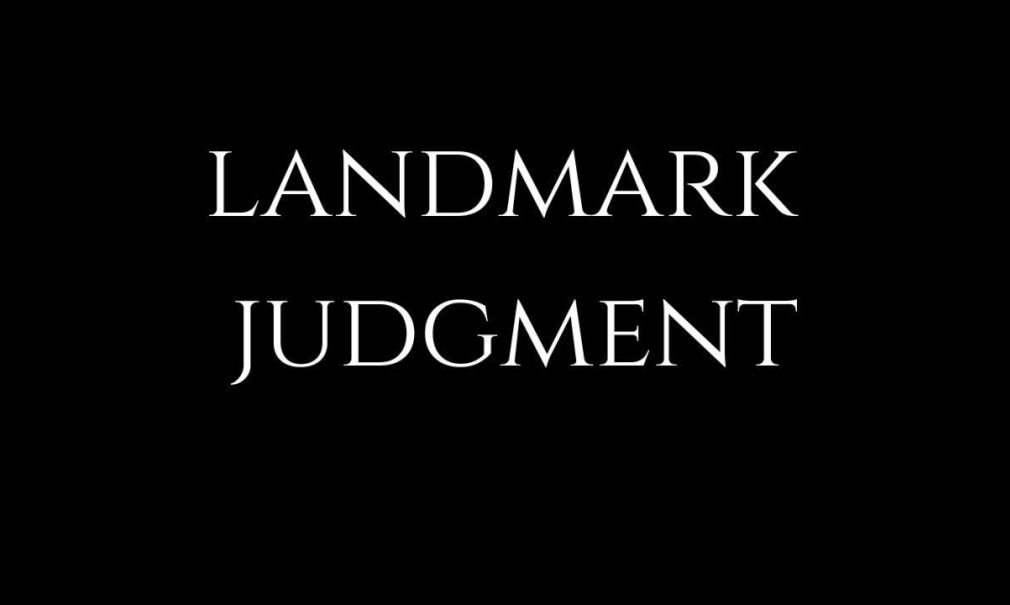Citation: Pattu Rajan Vs State of Tamil Nadu, (2019) 4 SCC 771
Date of Judgement: 29/03/2019
Equivalent Citations: (2019) 2 SCC (Cri) 354, 2019 SCC ONLINE SC 444
Case No.: Criminal Appeals Nos. 680-81of 2009
Case Type: Criminal Appeal
Appellant: Pattu Rajan
Respondent: State of Tamil Nadu
Bench: Hon’ble Justice N.V. Ramana, Hon’ble Justice M.M. Shantanagoudar and Hon’ble Justice Indira Banerjee
Statutes Referred:
- Indian Penal Code, 1860; Sections 302, 364, 304, 201
- Criminal Procedure Code, 1973; Sections 313, 173 (8), 154
- Indian Evidence Act, 1872; Sections 45, 27
Cases Referred:
- P. Rajagopal Vs State of T.N., 2009 SCC OnLine Mad 3206;
- State of A.P. Vs Cheemalapati Ganeswara Rao, (1964) 3 SCR 297;
- T.T. Anthony Vs State of Kerala, (2001) 6 SCC 181;
- Ram Lal Narang Vs State (UT of Delhi), (1979) 2 SCC 322;
- Awadesh Kumar Jha Vs State of Bihar, (2016) 3 SCC 8.
Facts:
- The appellant/accused was convicted by the Madras High Court for abduction and murder of Santhkumar, husband of the complainant/PW1.
- The accused showed keen intent of marrying PW1 even though she was married.
- On 01/10/2001 the accused abducted the victim and his wife and was addressed in another case which the current bench did not delve into.
- On 18/10/2001 the victim and PW1 were abducted by the henchmen of the accused and PW1 was taken to Tiruchirappalli by the accused while the henchmen retained her husband.
- On 24/10/2001 the victim and his wife were taken to DCP’s office to withdraw the complaint regarding abduction earlier that month and made them sign a few blank papers.
- On 26/10/2001 the victim and complainant were taken to accused 1 and there the accused ordered his henchmen to kill Santhkumar.
- On 31/10/2001 a dead body of male was found near the tiger-chola forest area.
- PW1 lodged the first FIR on 20/11/2001.
Issues Involved:
If the conviction of the accused (appellant) by the High Court of T.N. legally valid?
Contentions by Appellant:
The counsel for appellants contended that:
- The High Court and the trial court have merely proceeded on assumptions and conjectures, and the motive for commission of the offence has not been proved.
- The proceedings should stand vitiated since the first statement of current case is just an extension of the complaint filed on 01/10/2001.
- The body had been identified in absence of a DNA test and only on the basis of a superimposition test which was improper.
- The last seen circumstance evidence by the complainant was never put to the accused while examining them.
- The abduction on 01/10/2001 and murder on 26/10/2001 were different cases altogether and with a quick overview of the unfolding of the incidents one can easily understand that the current complaint is not just a statement of the one dealing with abduction.
- No continuity of action can be gathered from the sequence of events.
Contentions by Respondent:
N/A
Judgement:
- The Supreme Court held that even though both the cases had the same motive of getting PW1 to marry the accused but were different altogether and were to be treated differently.
- The court rejected the appellants claim that the High court and trial court had proceeded merely on assumptions and said that proper evaluation of records had been done by both of them.
- The court held that the evidence on record fully proved the case of the prosecution.
The Appeals were Dismissed.
Ratio Decidendi:
- The conclusion reached by the courts was based on proper examination of facts and testimonies provided by the witnesses on both sides.
- The belongings of the deceased recovered from accused no 6 after his confession was identified positively by PW1 and her family as belonging to the deceased.
- The doctrine of last seen shifts the burden of proof onto the accused, placing on him the onus to explain how the incident occurred and what happened to the victim who was last seen with him and thus the appellant had the burden to prove innocence.
Conclusion:
In this judgement the Honorable Supreme Court struck a delicate balance between presenting a perfect evidence and not letting the guilty get away with impunity and thus beautifully upheld the concept of proving guilt beyond reasonable doubt where guilt must be proven but it is not necessary for it to be free of all infirmity since at the end of the day collecting evidence is a human process.
Drafted by: Sarwang Mathur (University School of Law and Legal Studies)
Edited by: Aashima Kakkar, Associate Editor, Law Insider
Published On: November 17, 2021 at 19:45 IST

